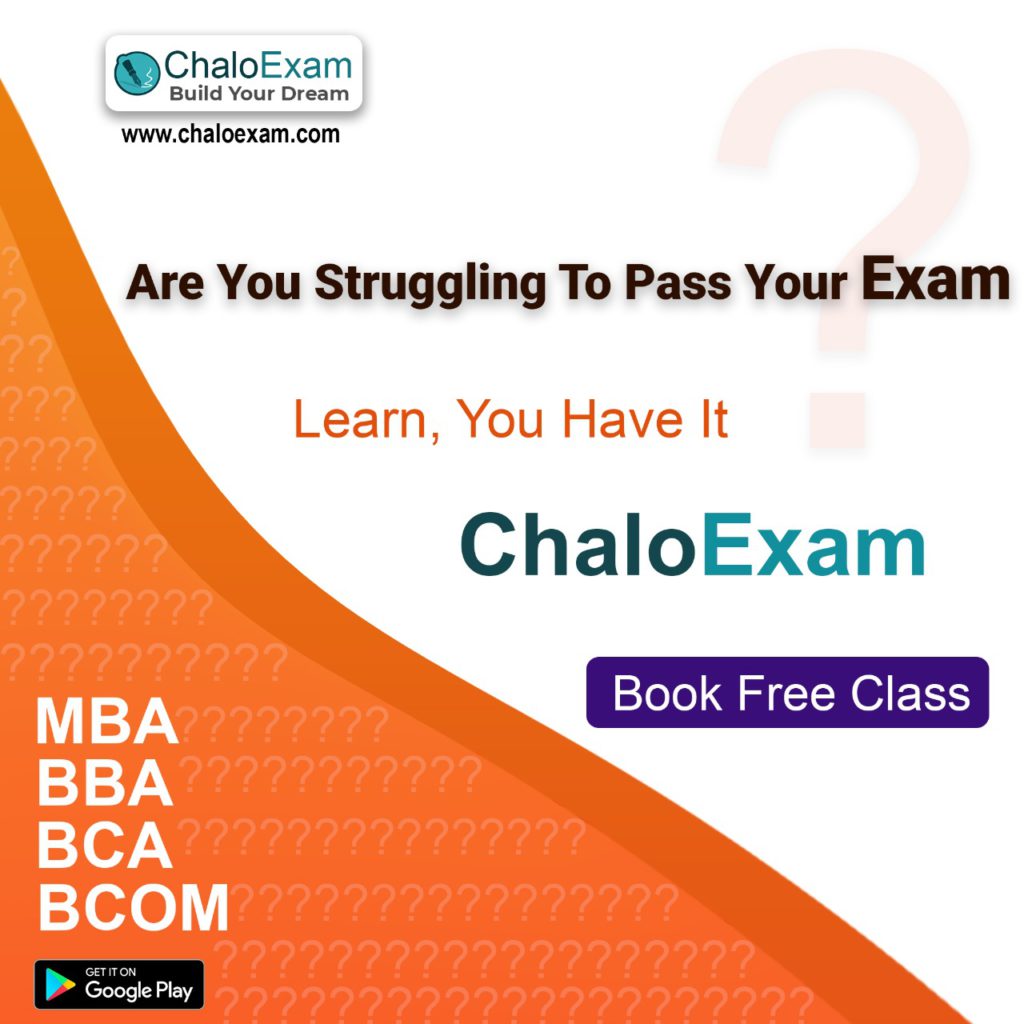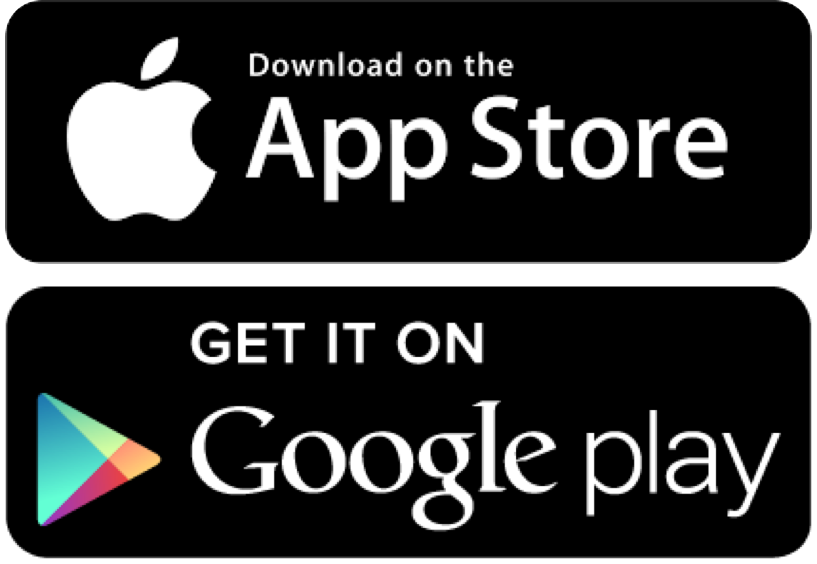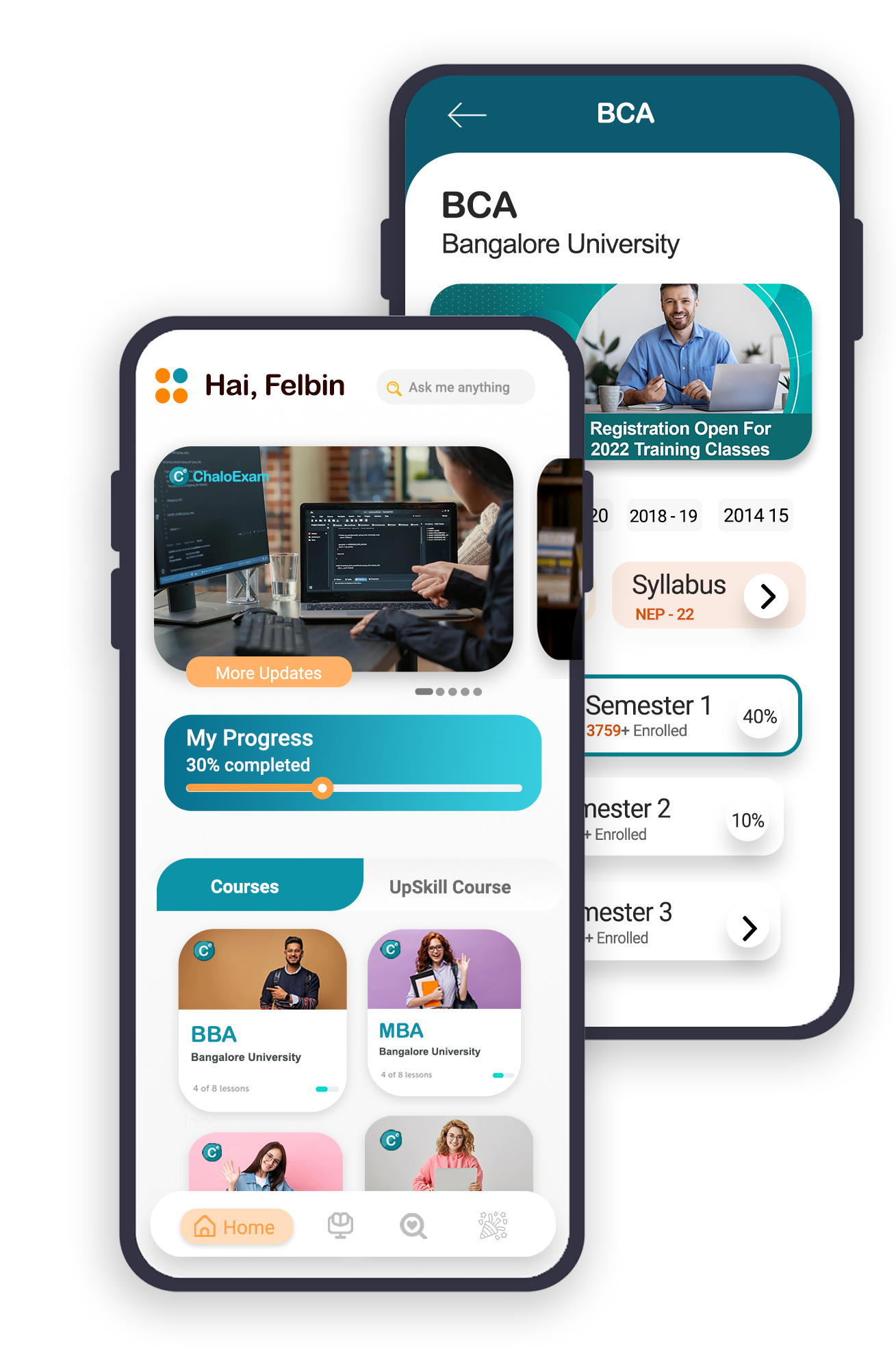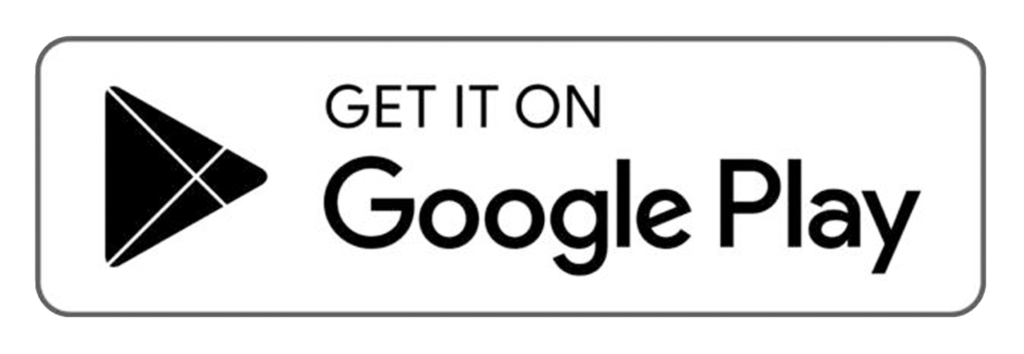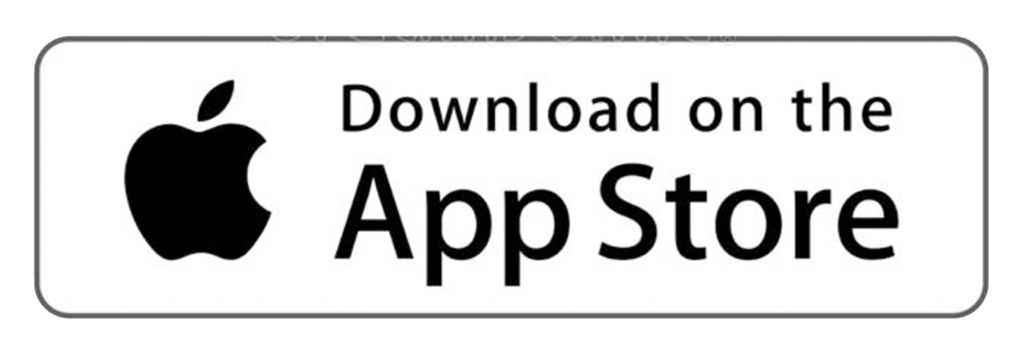Book Free Classes
Bangalore Central University 4th sem MBA Study Materials (New Syllabus)
Download free BBA 4th sem module wise notes, latest solved question papers, previous 5 years question paper till 2021, model question papers, easy notes, exam-oriented notes are available on this website chaloexam.com of Bangalore Central Universit
Bangalore Central Universit BBA syllabus 2021
Syllabus
4.2 CORPORATE COMMUNICATION SKILLS - II
OBJECTIVE:
∙ To help the students to gain comprehensive knowledge and skill about corporate communication.
UNIT 1: CORPORATE COMMUNICATION 12 Hrs. Introduction – Meaning & Definition, Characteristics, Importance and Guidelines for effective Corporate Communication; Segmenting Stakeholders in Corporate Communication – Meaning, Need & Importance of Segmenting Stakeholders; Scope of Corporate Communication - Employee Communication, Public Relations, Internet Marketing, Customer Communication, Investor Relations;
Internal Communication – Memos – Meaning & Structure; Reports – Formal & Informal (Meaning & Structure), External Communication – Circular Letters; Writing Press Releases; Newsletters – Staff & Customers (Meaning and Contents to be discussed).
UNIT 2: STRATEGIC COMMUNICATION 10 Hrs. Introduction – Meaning, Importance, Principles of Strategic Communication – Credible, Understanding, Dialogue, Pervasive, Unity of Effort, Results Based, Responsive, Continuous Components of Strategic Communication – Nomination, Restriction, Turn-Taking, Topic Control, Topic Shifting, Repair, Termination.
Employee Communication relating to Productivity; Employee Recognition; HR Policies; Payroll; Investor Communication relating to Company Profitability; Corporate Identity and Branding; Public Relations Communication relating to Media Inquiries; Press Conference; Media Packets; News Release; News Monitoring.
UNIT 3: LEADERSHIP COMMUNICATION 12 Hrs. Meaning and Importance of Leadership Communication, Principles of Leadership Communication, Skills required:
- Listening – Meaning and Types of Listening Skills, Importance of Listening. b. Non-Verbal Communication (Body Language) – Meaning, Types of Non-Verbal Communication or Body Language and Importance of Non-Verbal Communication.
- Stress management – Meaning and Importance of stress management.
- Emotional Intelligence – Meaning and Components of Emotional Intelligence, Importance of Emotional Intelligence in Leadership Communication.
- Straight Talking – Meaning and Essentials of Straight Talk, Importance of Straight Talk in Leadership Communication.
Meetings – Meaning and Types of Corporate Meetings, Notice of Meetings – Meaning, Contents & Format Agenda – Meaning and Format, Minutes of the Meeting – Meaning and Process of Recording the Minutes
UNIT 4: MARKETING COMMUNICATION 11 Hrs. Meaning and Elements of Marketing Communication Mix; Creativity – Meaning, Importance, Steps and Types of Creativity; Forms of Marketing Communication:
- Marketing Campaign – Meaning, Types of Marketing Campaign – Product Launch, Brand Launch, Rebranding, Repositioning, Turnaround/Re launch, Seasonal Push, Brand Awareness & Revenue Push (Only Meaning to be discussed).
- Digital Marketing – Meaning, Channels of Digital Marketing – Websites (Content Marketing), Email, Social Media, Organic Search (SEO), Paid Search (SEM), Display Ads (Concept, Advantages & Disadvantages of each of the Channels).
- Product promotion – Meaning, Types of Promotion – (a) Advertising – Meaning, Features of Advertising, Objectives of Advertising, Medium of Advertising, Merits & Demerits of Advertising (b) Sales Promotion – Meaning, Objectives, Importance & Strategies of Sales Promotion. (c) Personal Selling – Meaning and Features.
(d) Publicity – Meaning, Features, Objectives & Importance.
- Printed Materials – Meaning, Types of Marketing Materials used in Business (Only Concepts to be discussed).
UNIT 5: CRISIS COMMUNICATION 10 Hrs. Meaning; Need, Types of Crisis communication, Principles to be followed in Crisis Communication; Crisis Communication Stages – Pre-Crisis, Crisis Response, Post-Crisis; Steps of Crisis Communication – Crisis Anticipation, Choosing the Crisis Communication Team, Selection of the Spokesperson, Training the Spokesperson; Monitoring of Notification System, Identifying the Target Audience, Preparing the Messages; Post Crisis Steps.
SKILL DEVELOPMENT:
∙ Preparation of notice & agenda of a corporate meeting;
∙ Draft the minutes of any one student’s event meeting.
∙ Design an advertisement copy for the product of your choice.
∙ Draft a sample circular, memo & press release.
∙ Analyze a case study relating to communication in crisis management.
BOOKS FOR REFERENCE:
- Sharma R.C, Krishna Mohan, Business Communication and Report Writing, McGrawHill 2. Courtland .L. Bovee, John .V. Thill, Business Communication Today, Irwin 3. Raymond .v. Lesikar, John .D. Petit Jr., Business Communication : Theory & Applications, Tata Mc GrawHill
- Rodriques M.V, Effective Business Communication, Concept Publishing Company 5. Woolcott Law Unwin W.R, Mastering Business Communication, Palgrave publishers 6. Poe, Roy Wamp, Frunchling, Rosemary.T, Business Communication, AITBS 7. Sehgal.M.K, Vandana Khetarpal, Business communication, Excel Books
- Raman, Meenakshi Singh, Prakash, Business Communication, Oxford University Press 9. Lowe, Susan, Pile, Louise, Presenting Delta Business Communication Skills, Viva Books 10. Krishnamacharyulu,C.S.G and Dr.Lalitha Ramakrishnan, Business Communication, HPH 11. Rayadu C.S, Media and Communication Management, HPH
- Dalmar Riseher, Communication in Organization, Jaico Publishing House
- Andress, Organizational Communication, AITBS Publishers
- Lonis . A. Allen, Effective Communication on the Job, Taraporewala Publishers 15. Venkatramani, Corporate Communications : The Age of the Image, Sterling publishers
4.3 BUSINESS RESEARCH METHODS
OBJECTIVE:
∙ To create an awareness of the Process of Research, the tools and techniques of research and generation of reports.
UNIT 1: INTRODUCTION TO BUSINESS RESEARCH 06 Hrs. Meaning, Characteristics and Significance of Business Research; Types of Research – Exploratory, Descriptive and Causal Research; Steps in research process.
UNIT 2: PROBLEM IDENTIFICATION AND RESEARCH DESIGN 08 Hrs. Literature Review – Process, Identification of Research Gap and Problem, Cited Reference Software-Zotero and Mendeley.
Research Design – Statement of the Problem, Objectives of the Study, Scope of the Study, Research Methodology – Types of Data: Primary Data & Secondary Data, Sampling, Tools & Techniques of Data Analysis and Report Presentation.
UNIT 3: DATA COLLECTION 16 Hrs. Census Method - Advantages and Disadvantages
Sampling - Sampling Process, Methods of Sampling - Probability and Non-probability Sampling, Determination of Sample Size, Errors in Sampling
Methods of Collecting Primary Data – Survey Method, Observation Method and Experimental Method Tools for Data Collection – Questionnaire (with brief discussion on Scales of Measurement – Nominal, Ordinal, Interval and Ratio), Schedule and Check-list, Preparation of Questionnaire for Attitude and Measurement using Likert Scale.
Unit 4: DATA ANALYSIS & INTERPRETATION: 18 Hrs. Tabulation and Diagrammatic Representation
Format for Data Analysis (Introduction for each question, Data for each question, Format of Table for presenting the Data, Analysis of the Data and Inference).
Hypothesis – Meaning, Types of Hypothesis. Formulation of Hypothesis and Identifying the applicable test; Types of Errors, Z test, t test, chi-square test, ANOVA and Drawing Inferences.
UNIT 5: REPORT PREPARATION AND PRESENTATION 08 Hrs. Structure of Business Research Report – Introduction, Research Design, Profiles, Data Analysis, Findings and Conclusions, Bibliography, Annexure.
Ethics in Research – Plagiarism and Tools for Plagiarism check.
SKILL DEVELOPMENT:
∙ Prepare a sample research proposal.
∙ Design a questionnaire using Google form for collection of primary data keeping in mind the topic chosen for research.
∙ Use imaginary data and prepare diagrams using MS Excel.
∙ Select a research paper of your choice & execute a plagiarism check using Zotero and Mendeley
BOOKS FOR REFERENCE:
- O.R.Krishnaswamy, Research methodology in Social Sciences, HPH
- Cooper, Business Research Methods 6th edition, MC Graw Hill
- C.R. Kothari, Research Methodology, Vikas Publications
- Uma Sekaran and Roger Bougle, Research Methods for Business: A Skill Building Approach, Wiley Publications
- Tripathi P.C, A Textbook of Research Methodology, Sultan Chand & Sons
- William G Zikmund, Business Research Methods, Dryden Press
- R. Dvivedi, Research Methods in Behavior Science, Macmillan India Ltd.
- J.K. Sachdeva, Business Research Methodology, HPH
- S.N. Murthy, V. Bhojanna, Business Research Methods, Excel Books
- Levin &Rubin, Statistics for Management, Prentice Hall of India
- Usha Devi N, Santhosh Kumar, Business Research Methodology, VBH
- Gupta S, Research Methodology and Statistical Techniques, Deep & Deep Publications 13. Thakur D, Research Methodology in Social Sciences, Deep & Deep Publications
4.4 BANKING LAW AND OPERATIONS
OBJECTIVE:
∙ To familiarize the students with the operations and innovations in Banking Sector
UNIT 1: BANKER AND CUSTOMER 16 Hrs. A. Banker and customer relationship:
Introduction – Meaning of Banker & Customer, General and Special relationships between Banker & Customer, (Rights and Obligations of Banker & Customer).
- Customers and account holders:
Types of Customer and Account Holders – Procedure and Practice in Opening and Operating Accounts of different Customers – Minor, Joint Account Holders, Partnership Firms, Joint Stock Companies, Clubs, Non-Resident Account – NRI & NRE Accounts.
Unit 2: COLLECTING BANKER 08 Hrs. Meaning – Duties and Responsibilities of Collecting Banker, Holder for Value, Holder in Due Course, Statutory Protection to Collecting Banker.
Unit 3: PAYING BANKER 12 Hrs. Meaning, Precautions, Statutory Protection to the Paying Banker; Cheques, Crossing of Cheques – Types of Crossing; Endorsements - Meaning, Essentials and Kinds of Endorsement; Dishonor of Cheque - Grounds for Dishonor.
Unit 4: LENDING OPERATIONS 12 Hrs. Principles of Bank Lending; Kinds of Lending - Loans, Cash Credit, Overdraft, Bills Discounting, Letters of Credit; Types of Securities and Methods of Creation of Charge, Secured and Unsecured Advances; Procedure--Housing, Education and Vehicle loans; Non-Performing Asset (NPA) - Meaning, Circumstances & Impact; Government Regulations on Priority Lending for Commercial Banks.
Unit 5: BANKING INNOVATIONS 08 Hrs. New Technology in Banking, Core Banking, Universal Banking and Offshore Banking; E-Services – Debit and Credit Cards, Internet Banking, ATM, Electronic Fund Transfer (NEFT, RTGS, IMPS), DEMAT, E Wallet – Meaning, Types of E-Wallet’s & Procedure of making E-Payments: BHIM, PAYTM, GOOGLE PAY (TEZ) and PHONE PE (Concepts only).
SKILL DEVELOPMENT:
∙ Application for opening a Bank Account.
∙ Application for Bank Loan.
∙ Form of a Cheque and Types of Crossing of Cheque
∙ Debit and Credit Cards
∙ Form of RTGS
∙ Draw specimen of Traveler’s Cheques / Gift cheques
BOOKS FOR REFERENCE:
- Gordon & Natarajan, Banking Theory Law and Practice, HPH
- Sheldon H.P, Practice and Law of Banking, MacDonald and Evans
- S. P Srivastava, Banking Theory & Practice, Anmol Publications
- Shekar. K.C, Banking Theory Law and Practice, Vikas Publication
- Tannan M.L, Banking Law and Practice in India, Indian Law House
- K. Venkataramana, Banking Operations, SHBP
- Kothari N. M, Law and Practice of Banking, LexisNexis
- Neelam C Gulati, Principles of Banking Management, Excel Books
- Maheshwari. S.N, Banking Law and Practice, Vikas Publication
- M. Prakash and Bhargavi R, Banking law & Operation, Vision Book House
4.5 ENTREPRENEURSHIP DEVELOPMENT
OBJECTIVE:
∙ To enable students to understand the basic concepts of Entrepreneurship and prepare Business Plan to start a Small Industry.
UNIT 1: INTRODUCTION TO ENTREPRENEURSHIP 12 Hrs. Introduction – Meaning & Definition of Entrepreneurship, Entrepreneur & Enterprise ; Differences between Entrepreneurship, Entrepreneur & Enterprise; Functions of Entrepreneur; Role of Entrepreneur for Economic Development; Factors influencing Entrepreneurship; Pros and Cons of being an Entrepreneur; Differences between Manager and Entrepreneur; Qualities of an Entrepreneur; Types of Entrepreneurs. Entrepreneurship Development -- Need, Problems, National and State Level Institutions.
UNIT 2: MICRO, SMALL, MEDIUM ENTREPRISES 10 Hrs. Micro Small and Medium types of Business units (MSMEs): Meaning, Definition, Characteristics, Establishment procedures, Challenges faced by MSMEs, Comparison between Small and Large scale business units. Industrial Estates: Meaning, Role and Types.
UNIT 3: STARTING A NEW BUSINESS VENTURE 14 Hrs. Business opportunity: Meaning and Process of identifying Business opportunity; Scanning the Environment, Evaluation and Selection of the best Alternative/Project.
Steps involved in starting a Business Venture – Identification of Project/Service, Location, Project Formulation – Feasibility studies and reasons to do feasibility studies (Product/Service, Financial, Technical, Social and Market feasibility), Decision on form of Ownership, Completion of Legal Formalities(Clearances and Permits required, Formalities, Licensing and Registration Procedures), Arranging for Infrastructure, Preparation of Project Report, Applying and Obtaining Financial Assistance.
UNIT 4: PREPARATION OF BUSINESS PLAN AND DEVELOPMENT OF BUSINESS MODEL 10 Hrs. Business Plan (BP): Meaning, Importance, Preparation and Component of Business Plan, Common pitfalls to be avoided in preparation of a BP and the possible solutions to overcome them. Formulation of Business Model: Meaning of Business Model, Importance and Diversity of Business Model and Components of Business Model.
UNIT 5: INSTITUTIONAL ASSISTANCE FOR ENTREPRENUERSHIP 10 Hrs. Need and Importance, Financial Assistance and Concessions: SFC’s, SIDBI, Commercial Banks, KSIDC, KSSIC, IFCI, Non-financial assistance: DIC, SISI, EDI, SIDO, AWAKE, TCO, TECKSOK, KVIC, Trade related Entrepreneurship Development and Assistance (TREAD), Pradhan Manthri Kausal Vrudhhi Yojana (PMKVY) and National Skill Development Mission(NSDM).
SKILL DEVELOPMENT
∙ Preparation of a Project Report to start a SSI Unit
∙ Preparing a letter to the concerned authority-seeking license to the SSI Unit, you propose to start ∙ Format of a Business Plan
∙ Chart showing Financial Assistance available to SSI along with rates of interest ∙ Chart showing Tax Concessions to SSI both Direct and Indirect
BOOKS FOR REFERENCE
- Udai Pareek and T.V. Rao, Developing Entrepreneurship, Learning Systems 2. Desai Vasant , Entrepreneurial Development, HPH
- K. Venkataramana, Entrepreneurial Development, SHB Publications
- Bruce R Barringer, R Duane Ireland, Entrepreneurship- Successfully Launching New Ventures, Pearson
- Donald F. Kuratko, Richard M Hodgetts, Entrepreneurship, Thomson South-Western 6. Mark. J. Dollinger, Entrepreneurship – Strategies and Resources, Pearson Edition 7. Satish Taneja: Entrepreneur Development, HPH
- S.V.S. Sharma, Developing Entrepreneurship, Issues and Problems, SIET
- Srivastava, A Practical Guide to Industrial Entrepreneurs, Sultan Chand
- N.V.R. Naidu, Management and Entrepreneurship, I.K. International
- Anil Kumar, Small Business and Entrepreneurship, I.K. International
- Rekha & Vibha, Entrepreneurial Management, VBH
- Vidya Hattangadi, Entrepreneurship, HPH
4.6 MANAGEMENT ACCOUNTING
OBJECTIVE:
∙ To enable the students to understand the analysis and interpretation of Financial Statements with a view to prepare Management Reports for Decision making
UNIT 1: INTRODUCTION TO MANAGEMENT ACCOUNTING 8 Hrs. Meaning, Definition, Objectives, Nature and Scope, Role of Management Accountant, Relationship between Financial Accounting and Management Accounting, Relationship between Cost Accounting and Management Accounting, Advantages and Limitations of Management Accounting; Management Reporting – Requisites of a Good Reporting System, Principles of Good Reporting System, Kinds of Reports, Drafting of Reports under Different Situations.
UNIT 2: RATIO ANALYSIS 16 Hrs. Ratio Analysis–Meaning and Definition of Ratio, Meaning of Accounting Ratio, Ratio Analysis Uses and Limitations, Classification of Ratios– Liquidity Ratios, Profitability Ratios and Solvency Ratios Problems
UNIT 3: CASH FLOW ANALYSIS 8 Hrs. Meaning and Definition of Cash Flow Statement, Concept of Cash and Cash Equivalents, Uses and Limitations of Cash Flow Statement, Difference between Cash Flow Statement and Fund Flow Statement; Provisions of Ind. AS-7; Procedure for Preparation of Cash Flow Statement – Cash Flow from Operating Activities – Cash Flow from Investing Activities and Cash Flow from Financing Activities; Preparation of Cash Flow Statement according to Ind. AS-7
UNIT 4: MARGINAL COSTING 14 Hrs. Meaning and Definition of Marginal Cost, Marginal Costing, Features of Marginal Costing, Terms used in Marginal Costing – P/V Ratio, BEP, Margin of Safety, Angle of Incidence; Break Even Analysis – Assumptions and Uses - Problems. Break Even Chart Problems
Decision Making under Marginal Costing – Make or Buy Decisions, Profitable Product Mix, Addition of a New Product, Discontinuance of an Existing Product – Simple Problems
UNIT 5: BUDGETARY CONTROL 10 Hrs. Introduction – Meaning & Definition of Budget and Budgetary Control, Objectives of Budgetary Control, Essential Requirements of Budgetary Control, Advantages and Disadvantages of Budgetary Control, Types of Budgets- Functional Budget, Cash Budget, Sales Budget, Purchase Budget and Production Budget; Fixed and Flexible Budgets - Problems on Flexible budget and Cash budget only
SKILL DEVELOPMENT:
∙ Collect financial statements of an Organization and Calculate Important Accounting Ratio’s ∙ Draft a report on any financial/operational crisis in an organization
∙ Prepare a Break-Even-Chart of a product-based organization using hypothetical data (Imaginary figures)
∙ Prepare a Flexible budget/Cash budget based on hypothetical data (Imaginary figures)
BOOKS FOR REFERENCE
- Dr. S.N. Maheswari , Management Accounting, Mahavir Publications
- V.K.Saxena and C.D.Vashist, Advanced Cost and Management Accounting, Sultan Chand & Sons 3. Sudhindra Bhat, Management Accounting, Excel Books
- Dr. S.N. Goyal and Manmohan, Management Accounting, S N Publication
- B.S. Raman, Management Accounting, United Publishers
- M.N.Arora, Management Accounting, HPH
- Sharma and Gupta, Management Accounting, Kalyani Publishers
- M Muniraju & K Ramachandra, Management Accounting, HPH
- P N Reddy & Appanaiah, Essentials of Management Accounting, HPH
4.7 CUSTOMER RELATIONSHIP MANAGEMENT
OBJECTIVES:
∙ To make the students understand the concepts, role, principles and changing face of CRM as an IT enabled function.
∙ To make the students to learn the skills required for effective management of Customer Relationship
UNIT 1: CRM CONCEPTS 10 Hrs. Acquiring Customers, Customer Loyalty and Optimizing Customer Relationships; CRM Definition; Success Factors -- The three levels of Service/ Sales Profiling; Service Level Agreements (SLAs), Creating and Managing effective SLAs.
UNIT 2: CRM IN MARKETING 12 Hrs. One-to-one Relationship Marketing; Cross Selling & Up Selling; Customer Retention; Behavior Prediction - Customer Profitability & Value Modeling; Channel Optimization; Event-based marketing; CRM and Customer Service - The Call Centre, Call Scripting, Customer Satisfaction Measurement.
UNIT 3: SALES FORCE AUTOMATION 12 Hrs. Sales Process, Activity; Contact- Lead and Knowledge Management; Field Force Automation; CRM links in E-Business; E-Commerce and Customer Relationships on the Internet; Enterprise Resource Planning (ERP); Supply Chain Management (SCM); Supplier Relationship Management (SRM); Partner Relationship Management (PRM)
UNIT 4: ANALYTICAL CRM 12 Hrs. Managing and Sharing Customer Data; Customer Information Databases - Ethics and Legalities of Data use; Data Warehousing and Data Mining concepts; Data Analysis - Market Basket Analysis (MBA), Click stream Analysis, Personalization and Collaborative Filtering
UNIT 5: CRM IMPLEMENTATION 10 Hrs. Defining Success Factors; Preparing a Business Plan Requirements, Justification and Processes; Choosing CRM Tools - Defining Functionalities - Homegrown versus Out-Sourced Approaches; Managing Customer Relationships - Conflict, Complacency; Resetting the CRM Strategy; Selling CRM Internally; CRM Development Team, Scoping and Prioritizing, Development and Delivery, Measurement
SKILL DEVELOPMENT:
∙ Present any two CRM models in a Diagrammatic form.
∙ Present any case study of Effective Customer Relationship Management
∙ Present the flow-chart of CRM implementation.
∙ Develop an imaginary customer database for any product of student’s choice
BOOKS FOR REFERENCE:
- Alok Kumar Rai, Customer Relationship Management Concept & Cases, Prentice Hall of India Private Limited
- S. Shanmugasundaram, Customer Relationship Management, Prentice Hall of India Private Limited
- Kaushik Mukherjee, Customer Relationship Management, Prentice Hall of India Private Limited 4. Jagdish Seth, et al, Customer Relationship Management
- V. Kumar & Werner J., Customer Relationship Management, Willey India

Management Accounting

Business Research Methods

Banking Law and Operations

Entrepreneurship Development

Corporate Communication Skills -II

Customer Relationship Management


